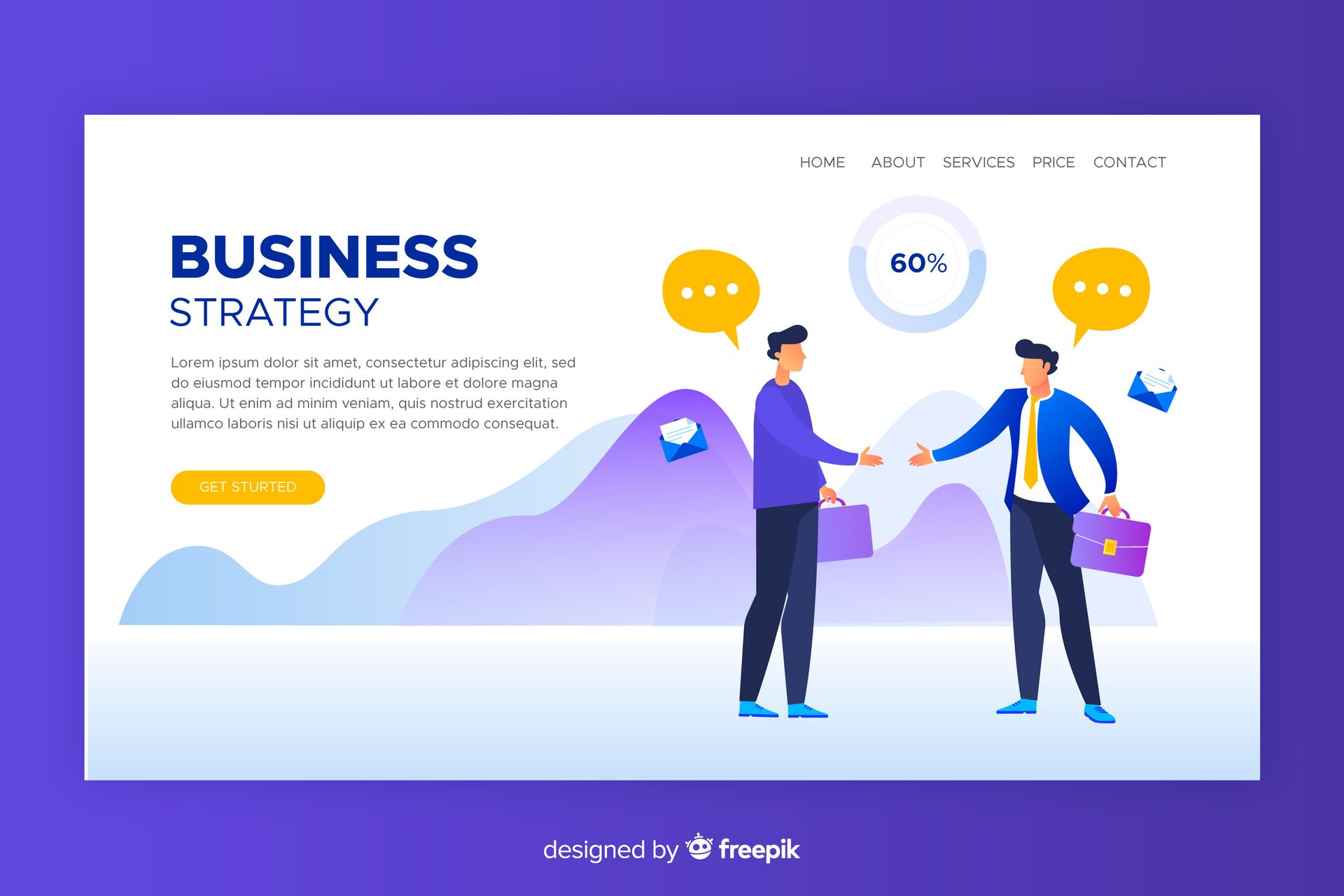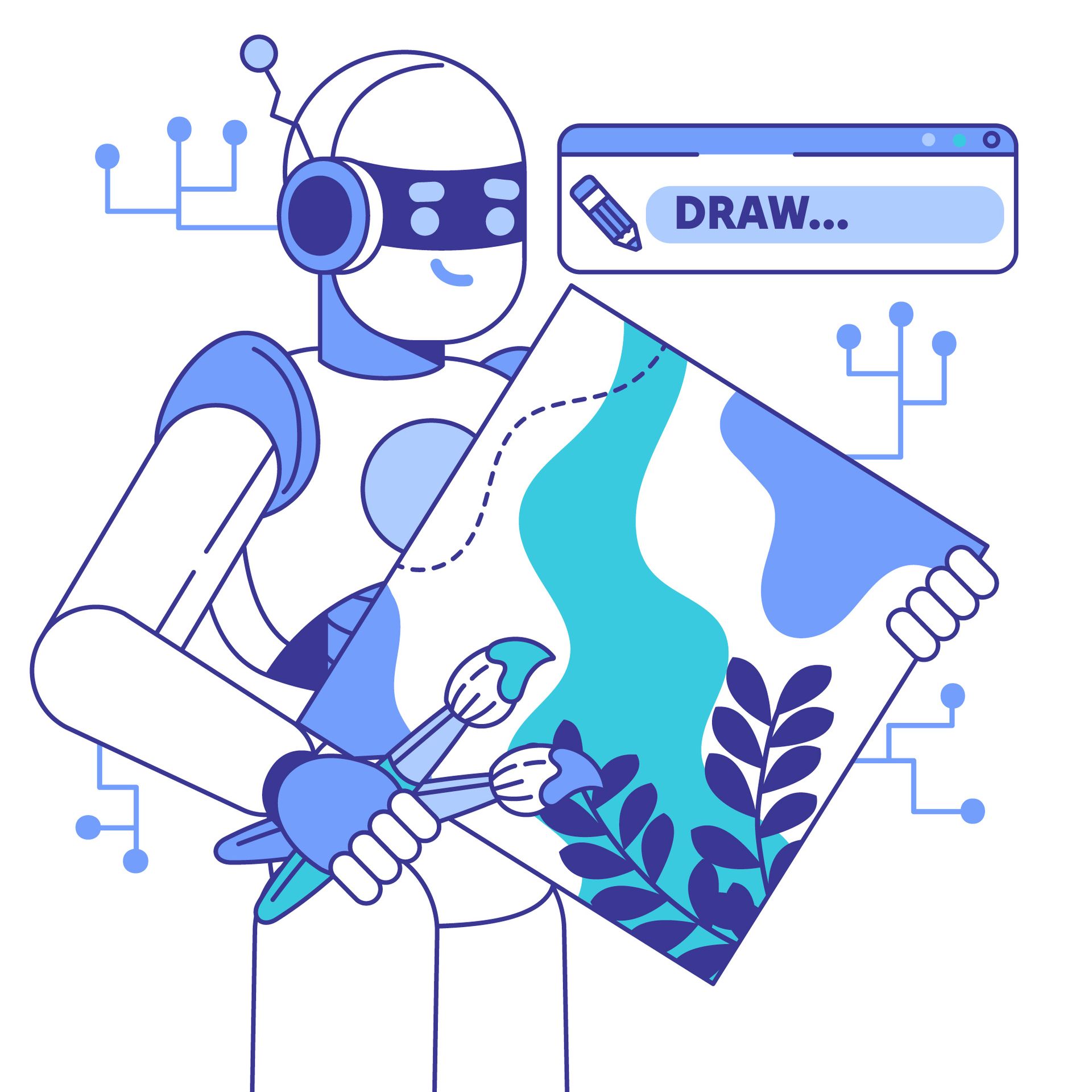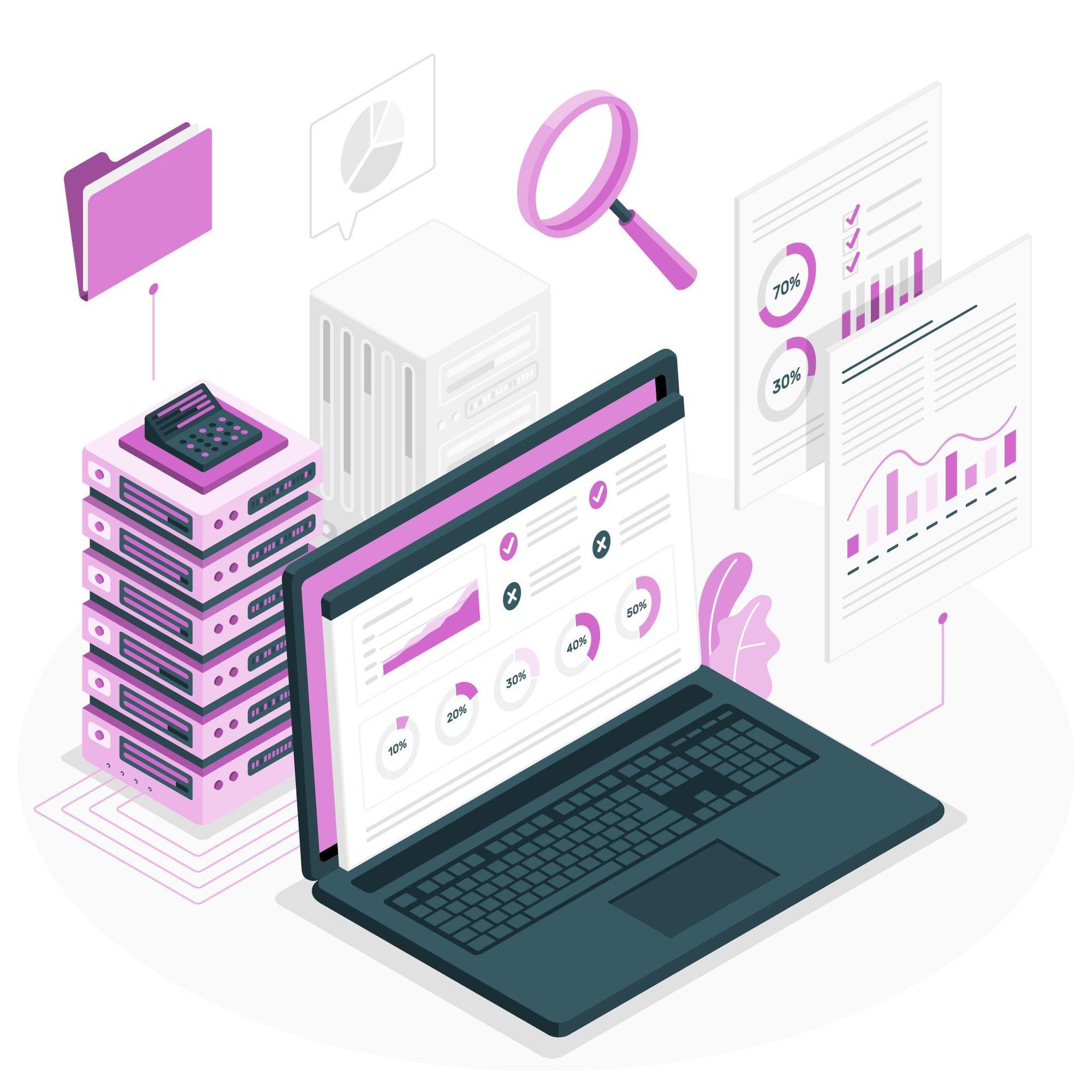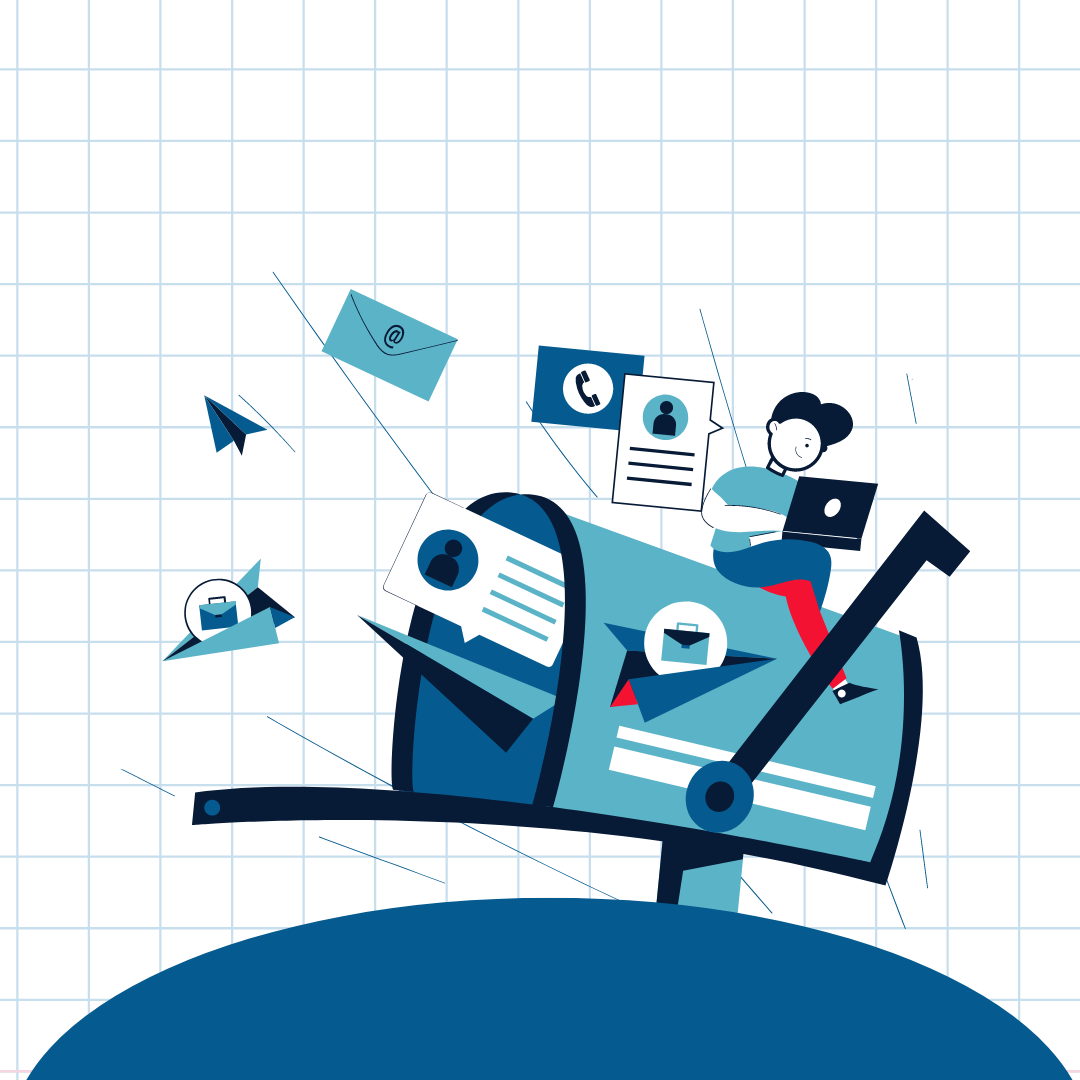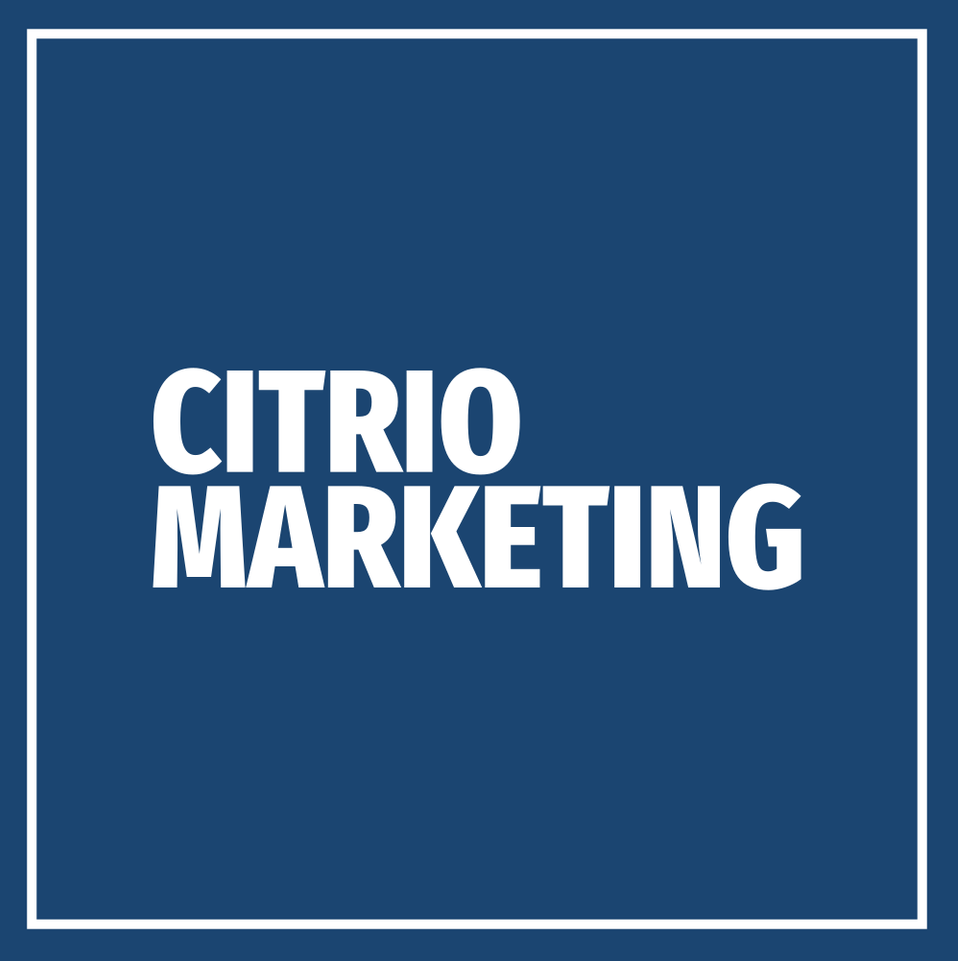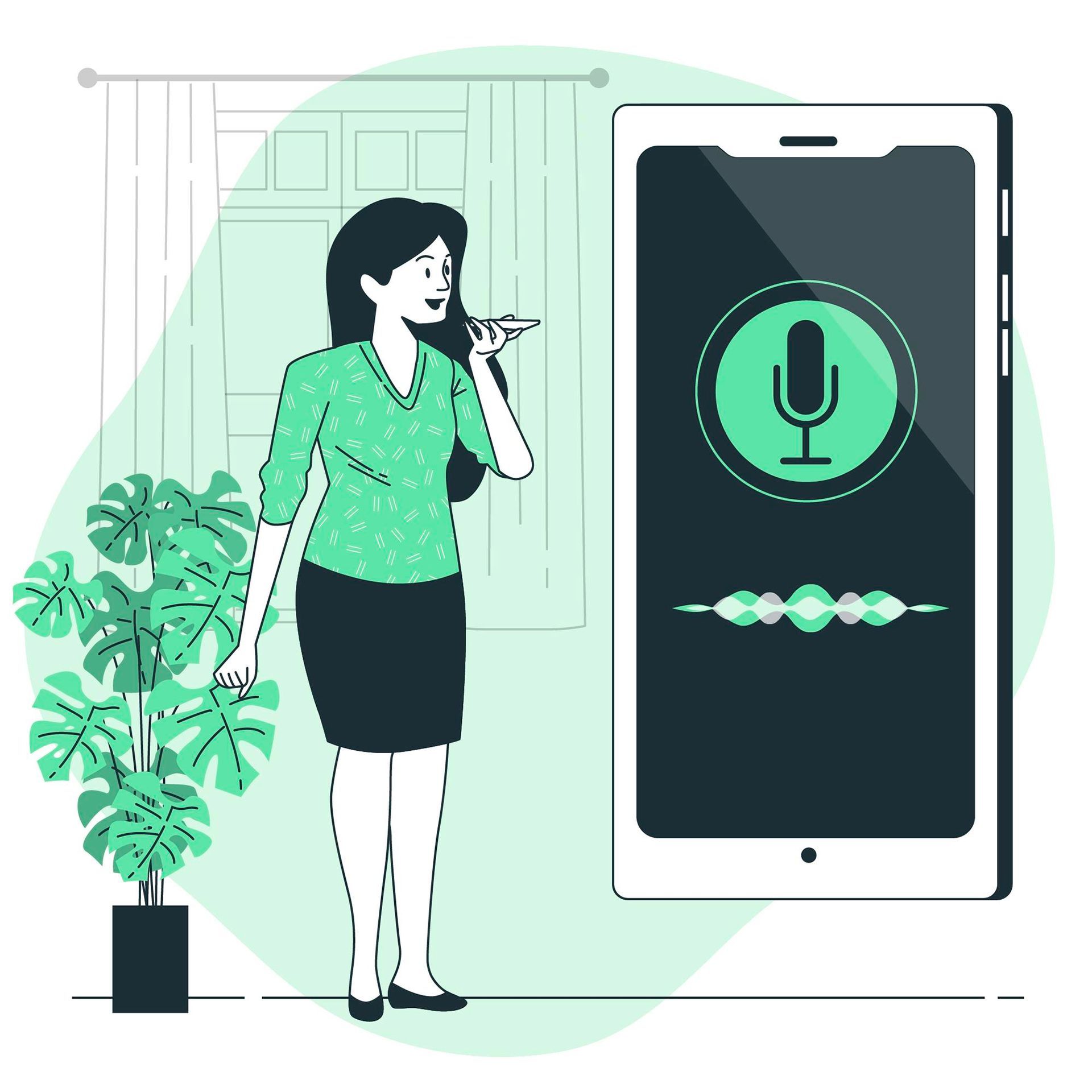Cracking Growth Marketing in B2B SaaS Startups: The Playbook for Scalable Success
Growth marketing in B2B SaaS isn't just a buzzword—it’s the engine that drives sustainable, compounding revenue. While traditional marketing focuses on top-of-funnel awareness, growth marketing is full-funnel, experiment-driven, and tightly aligned with customer acquisition cost (CAC), lifetime value (LTV), and product-led growth (PLG) metrics.
Let’s break down the strategies, channels, and numbers that actually move the needle.
1. The Growth Mindset: Data > Opinions
At its core, growth marketing is scientific. You run high-tempo experiments, kill what doesn’t work fast, and double down on what scales.
- North Star Metric (NSM): For B2B SaaS, this is often qualified leads, product activations, or monthly recurring revenue (MRR).
- Use a
growth loop rather than a funnel. Loops (like invite flows or referral mechanisms) compound value instead of leaking it.
Example: If your PLG motion sees users converting to paid after 14 days, optimize the onboarding flow like your revenue depends on it—because it does.
2. Customer Acquisition: Go Narrow Before You Go Wide
Spray-and-pray doesn’t work. Focus on Ideal Customer Profile (ICP) precision and high-intent channels first.
Channels That Work:
- Outbound email at scale: 2,000+ emails/day with 30–35 SQLs/day is realistic with tight targeting, solid copy, and inbox warmup.
- LinkedIn Ads + SalesNav + Retargeting: High CPL (~$120–$300), but strong for ABM and decision-maker targeting.
- Content SEO: Long game. 6–9 months runway, but high ROI if mapped to TOFU–MOFU–BOFU stages.
Numbers to Watch:
- CAC Payback: <12 months is solid.
- Lead-to-MQL: Aim for 20–30%.
- MQL-to-SQL: 40–50% if your scoring model is solid.
- SQL-to-Close: 15–25%, depending on ACV and sales cycle length.
3. Activation & Retention: Where Growth Actually Lives
Acquiring users is expensive. Activating and retaining them is profitable.
- Use
behavioral onboarding (think Intercom or Appcues) to drive users to the “aha moment” quickly.
- Track
Time-to-Value (TTV): The faster a user hits value, the better your retention curve.
- Invest in
in-app nudges,
progressive disclosure, and
usage-based triggers.
Retention Benchmarks (for early-stage SaaS):
- Day 1 retention: 40–50%
- Day 7: 25–30%
- Day 30: 15–20%
4. Monetization: Pricing Isn't Static
Growth marketers influence revenue by owning monetization strategies.
- Run
pricing experiments (per seat, usage-based, tiered).
- Use
value metrics (e.g., number of API calls, active users) instead of just feature gating.
- Test
free trial vs freemium: Freemium drives top-of-funnel, free trial aligns better with high-intent conversions.
Revenue KPIs:
- Expansion Revenue (upsell/cross-sell): Should account for 20–30% of MRR in a healthy SaaS model.
- Net Revenue Retention (NRR): 100%+ = healthy; 120%+ = world-class.
- ARPU (Average Revenue Per User): Monitor monthly and segment by cohort.
5. Tech Stack to Scale Growth
Here’s a lean, high-impact B2B SaaS stack for growth:
- CRM: HubSpot, Salesforce
- Automation: Apollo.io, Lemlist, Clearbit for enrichment
- Web Analytics: GA4, Hotjar, Heap
- Attribution: Dreamdata, HockeyStack
- CDP & Activation: Segment, Customer.io
- Experimentation: VWO, Optimizely
- Content & SEO: Ahrefs, Jasper, SurferSEO
Don't get bloated. Use tools that talk to each other and reduce manual ops.
Final Thoughts: Growth Is a Company-Wide Culture
Growth isn’t just the marketing team’s job—it’s product, sales, CS, and leadership pulling in the same direction. Align goals, keep CAC in check, and build a repeatable, scalable acquisition machine.
If you’re a B2B SaaS startup, your growth playbook should be 70% execution, 30% experimentation—and 100% obsessed with your user.
.

